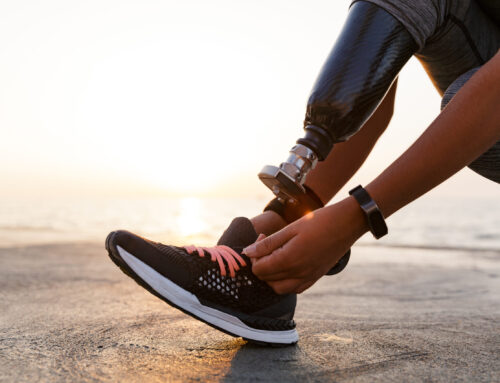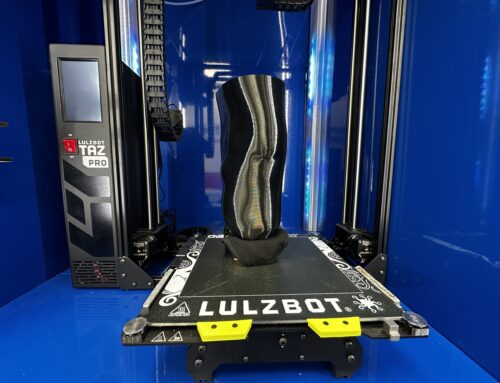Tips and Techniques for Optimal Maintenance
Prosthetics have revolutionized the lives of millions of people worldwide, providing them with the ability to perform daily activities that would have otherwise been impossible. However, like any other medical equipment, prosthetics require care and maintenance to ensure their longevity and optimal performance. In this article, we will discuss some essential tips and techniques for caring for your prosthetic device.
1. Cleanliness is Key
Maintaining a clean prosthetic is crucial in preventing infection and increasing the lifespan of the device. Regular cleaning should be performed using warm water and mild soap. A soft-bristled brush can be used to clean hard-to-reach areas, and a towel should be used to dry the prosthetic thoroughly.
Cleaning Tips for Specific Prosthetic Types
Different types of prosthetics require varying levels of maintenance. Here are some cleaning tips for specific types of prosthetics:
2. Protect Your Prosthetic
Prosthetics are prone to damage from impact, moisture, and extreme temperatures. Protecting your prosthetic from these elements can help to extend its lifespan.
3. Schedule Regular Maintenance Appointments
Regular maintenance appointments are crucial in identifying potential problems with your prosthetic and addressing them before they become more significant issues. Schedule appointments with your prosthetist at least every six months, or sooner if you notice any changes in your prosthetic’s performance.
4. Consider Upgrading Your Prosthetic
Technology advancements in prosthetics are constantly evolving, and upgrading your prosthetic can provide additional benefits such as improved comfort, function, and durability. Speak to your prosthetist about the latest advancements in prosthetics and whether upgrading is right for you.
5. Conclusion
Caring for your prosthetic is essential in ensuring its longevity and optimal performance. Regular cleaning, protection from moisture, impact, and extreme temperatures, scheduling maintenance appointments, and considering upgrading your prosthetic are some of the essential tips and techniques for caring for your prosthetic.
OPENING HOURS
| Mon – Fri | 8:00 – 4:30 |
| Saturday | CLOSED |
| Sunday | CLOSED |






